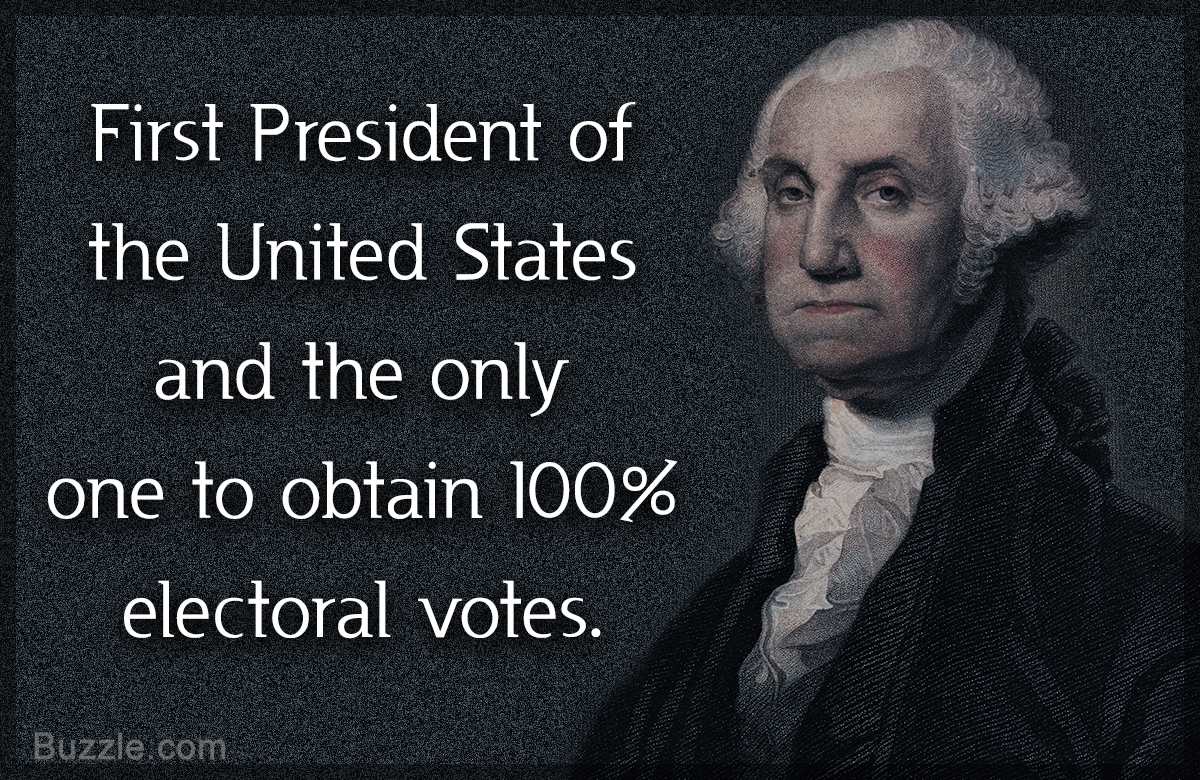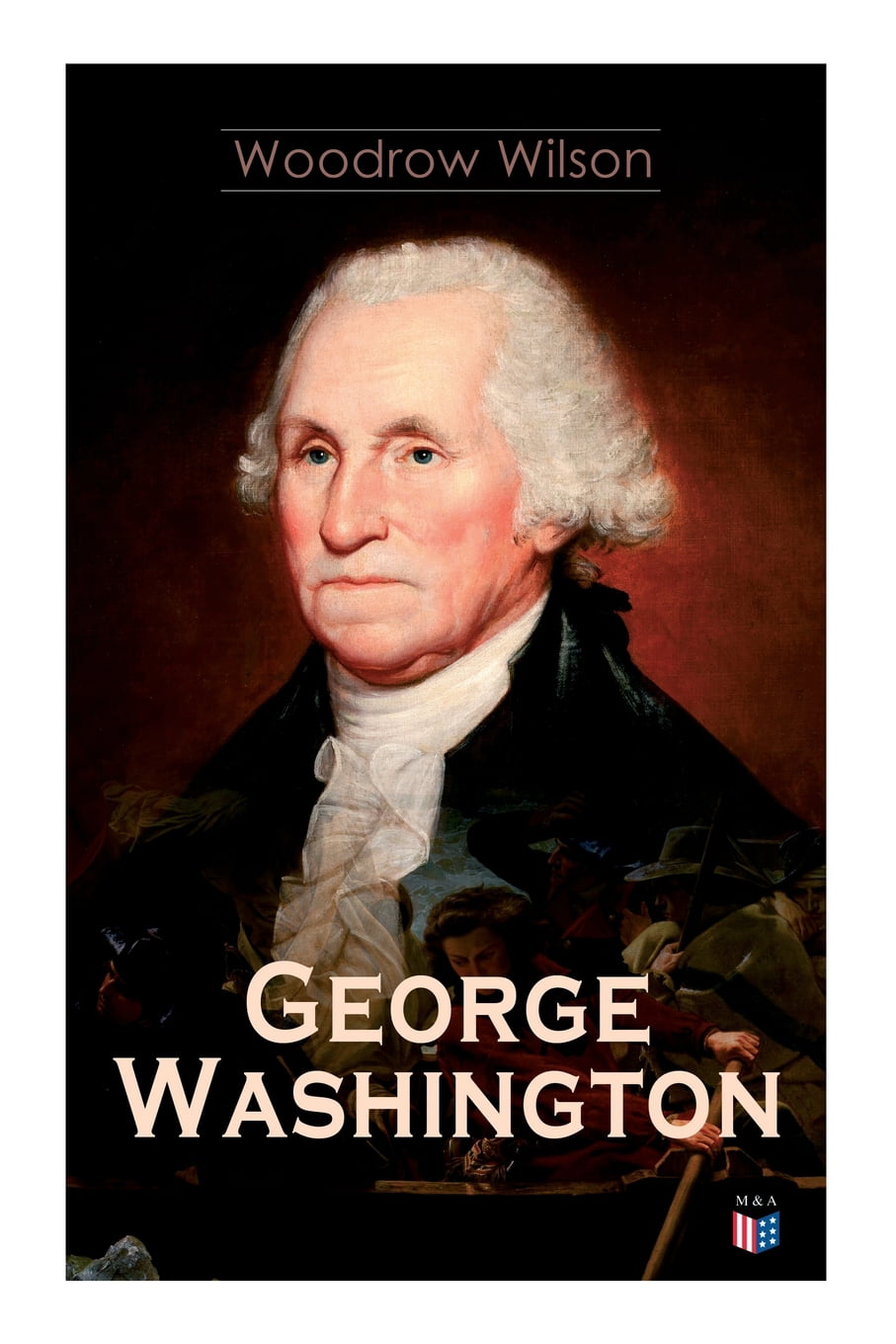
Located in the heart of Washington, D.C., the George Washington University Museum and The Textile Museum celebrates the creative achievements of local and global cultures from antiquity through today GW Today serves as the primary source of news and information for GW students, faculty, staff and alumni Mar 29, · George Washington Carver was an African American scientist and educator. Carver is famous for many inventions including a number of uses for the peanut
George Washington Carver - Wikipedia
George Washington Carver was born enslaved and went on to become one of the most prominent scientists and inventors of george washington achievements time, as well as a teacher at the Tuskegee Institute.
Carver devised over products using one major crop — the peanut — including dyes, plastics and gasoline. Carver was most likely born in enslaved in Diamond, Missouri, during the Civil War years.
Like many children of enslaved, the exact year and date of his birth are unknown. Carver was one of many children born to Mary and Giles, an enslaved couple owned by Moses Carver.
A week after his birth, Carver was kidnapped along with his sister and mother from the Carver george washington achievements by raiders from the neighboring state of Arkansas. The three were later sold in Kentucky. Among them, only the infant Carver was located by an agent of Moses Carver and returned to Missouri. The conclusion of the Civil War in brought the end of slavery in Missouri. Moses and his wife, Susan, decided to keep Carver and his brother James at their home after that time, george washington achievements, raising and educating the two boys.
Susan Carver taught Carver to read and write since no local school would accept Black students at the time. The search for knowledge would remain a driving force for the rest of Carver's life. As a young man, he left the Carver home to travel to a school for Black children 10 miles away. It was at this point that the boy, who had always identified himself as "Carver's George" first came to be known as "George George washington achievements. Accepted to Highland College in Highland, Kansas, Carver was denied admittance george washington achievements college administrators learned of his race.
Instead of attending classes, george washington achievements, he homesteaded a claim, where he conducted biological experiments and compiled a geological collection.
While interested in science, Carver was also interested in the arts. Inhe began studying art and music at Simpson College in Iowa, developing his painting and drawing skills through sketches of botanical samples. His george washington achievements aptitude for drawing the natural world prompted a teacher to suggest that Carver enroll in the botany program at the Iowa State Agricultural College. Carver moved to Ames and began his botanical studies the following year as the first Black student at Iowa State.
Carver excelled in his studies. Upon completion of his Bachelor of Science degree, Carver's professors Joseph Budd and Louis Pammel persuaded him to stay on for a master's degree. His graduate studies george washington achievements intensive work in plant pathology at the Iowa Experiment Station. In these years, Carver established his reputation as a brilliant botanist and began the work that he would pursue the remainder of his career.
READ MORE: How George Washington Carver Went From Enslaved to Educational Pioneer. After graduating from Iowa State, Carver embarked on a career of teaching and research.
Booker T. Washingtonthe founder of the historically Black Tuskegee Institute, hired Carver to run the school's agricultural department in Washington lured the promising young botanist to the institute with a hefty salary and the promise of two rooms on campus, while most faculty members lived with a roommate.
Carver's special status stemmed from his accomplishments and reputation, as well as his degree from a prominent institution not normally open to Black students, george washington achievements. The agricultural department at Tuskegee Institute now Tuskegee University achieved national renown under Carver's leadership, george washington achievements, with a curriculum and a faculty that he helped to shape.
Areas of research and training included methods of george washington achievements rotation and the development of alternative cash crops for farmers in areas heavily planted with cotton. This work helped under harsh conditions including the devastation of the boll weevil in The development of new crops and diversification of crop use helped to stabilize the livelihoods of people, many former enslaved who had backgrounds not unlike Carver's own.
The education of African American students at Tuskegee contributed directly to the effort of economic stabilization among Black people. In addition to formal education in a george washington achievements classroom setting, Carver pioneered a mobile classroom to bring his lessons to farmers. The classroom was known as a "Jesup wagon," after New York financier and Tuskegee donor George washington achievements Ketchum Jesup.
Carver went on to become a prominent scientific expert and one george washington achievements the most famous African Americans of his george washington achievements. Carver achieved international fame in political and professional circles. President Theodore Roosevelt admired his work and sought his advice on agricultural matters in the United States.
Carver was also recognized abroad for his scientific expertise. Inhe was made a member of the British Royal Society of Arts — a rare honor for an American. Carver also advised Indian leader Mahatma Gandhi on matters of agriculture and nutrition. Carver used his celebrity to promote scientific causes for the remainder of his life.
He wrote a syndicated newspaper column and toured the nation, speaking on the importance of agricultural innovation and the achievements at Tuskegee. Carver's inventions include hundreds of products, including more than from peanuts milk, plastics, paints, dyes, cosmetics, george washington achievements, medicinal oils, soap, ink, wood stainsfrom sweet potatoes molasses, postage stamp glue, flour, vinegar and synthetic rubber and even a type of gasoline.
At the time, cotton production was on the decline in the South, and overproduction of a single crop had left many fields exhausted and barren. Carver suggested planting peanuts and soybeans, both of which could restore nitrogen to the soil, along with sweet potatoes. While these crops grew well in southern climates, there was little demand. Contrary to popular belief, Carver did not invent peanut butter. However, he did do a lot of research into new and alternate uses for peanuts.
The following year, Carver testified before Congress in support of a tariff on imported peanuts, which Congress passed in READ MORE: Did George Washington Carver Invent Peanut Butter? Carver also spoke about the possibilities for racial harmony in the United States.
From toCarver toured white Southern colleges for the George washington achievements on Interracial Cooperation. However, he largely remained outside of the political sphere and declined to criticize prevailing social norms outright. This made the politics of accommodation championed by both Carver and Booker T. Washington anathema to activists who sought more radical change. Nonetheless, Carver's scholarship george washington achievements research contributed to improved quality of life for many farming families, making Carver an icon for African Americans and white Americans alike, george washington achievements.
Carver died after falling down the stairs at his home on January 5,at the age of He was buried next to Booker T. Washington on the Tuskegee grounds. Carver's epitaph reads: "He could have added fortune to fame, but caring for neither, he found happiness and honor george washington achievements being helpful to the world, george washington achievements.
Carver, who had lived a frugal life, used his savings to establish a museum, the George Washington Carver Museum, Cultural and Genealogy Center in Austin, Texas, which was devoted to his work, including some of his own paintings and drawings, george washington achievements.
In Decembera fire broke out in the museum, destroying much of the collection. One of the surviving works by Carver is a painting of a yucca and a cactus, george washington achievements, displayed at the Chicago World's Columbian Exposition of In addition to george washington achievements museum, george washington achievements, Carver also established the George Washington Carver Foundation at Tuskegee, with the aim of george washington achievements future agricultural research.
A project to erect a national monument in Carver's honor also began before his death. Harry S. Trumanthen a senator from Missouri, sponsored a bill in favor of a monument during World War II.
Supporters of the bill argued that the wartime expenditure was warranted because the monument would promote patriotic fervor among African Americans and encourage them to enlist in the military.
The bill passed unanimously in both houses. Carver's iconic status remained after his death. InPresident Franklin D. This was the first national monument dedicated to an African American. The acre complex includes a statue of Carver as well as a nature trail, museum and cemetery. READ MORE: George Washington Carver's Powerful Circle of Friends.
Carver appeared on U. commemorative postal stamps in andas well as a commemorative half dollar coin minted between and Numerous schools bear his name, as do two United States military vessels.
Inthe Missouri Botanical Garden in St. Louis opened a George Washington Carver Gardenwhich includes a life-size statue of the garden's famous namesake. These honors attest to Carver's enduring legacy as an icon of African American achievement, and of American ingenuity more broadly.
Carver's life has come to symbolize the transformative potential of education, even for those born into the most unfortunate and difficult of circumstances. We strive for accuracy and fairness. If you see something that doesn't look right, contact us! Subscribe to the Biography newsletter to receive stories about the people who shaped our world and the stories that shaped their lives.
Washington was one of the foremost African American leaders of the late 19th and early 20th centuries, founding the Tuskegee Normal and Industrial Institute, george washington achievements. Scientist George Carruthers created inventions, such as the ultraviolet camera, or spectrograph, which was used by NASA in the Apollo 16 flight, revealing the mysteries of space and the Earth's atmosphere.
One of the first African American college football stars, Kenny Washington was one of two Black athletes to reintegrate the NFL in Nikola Tesla was a scientist whose inventions include the Tesla coil, alternating-current AC electricity, and the discovery of the rotating magnetic field. Actor Denzel Washington has earned popular and critical acclaim for his roles in an array of feature films, including 'Glory,' 'Malcolm X,' 'Training Day' and 'Fences.
Martha Washington was the wife of President George Washington and the original first lady of the United States. Ernest Everett Just was an African American biologist and educator best known for his pioneering work in the physiology george washington achievements development, especially in fertilization. Famed 19th century American author Washington Irving is known for his george washington achievements works and such stories as 'Rip Van Winkle' and 'The Legend of Sleepy Hollow, george washington achievements.
George Washington Carver was an African American scientist and educator, george washington achievements. Carver is famous for many inventions including a number of uses for the peanut. READ NEXT. Arturo Alfonso Schomburg —
The American Revolution - OverSimplified (Part 1)
, time: 15:08Military career of George Washington - Wikipedia

Located in the heart of Washington, D.C., the George Washington University Museum and The Textile Museum celebrates the creative achievements of local and global cultures from antiquity through today George Washington (22 February – 14 December ) was an American political leader, military general, statesman, and Founding Father who also served as the first President of the United States from to He led Patriot forces to victory in the nation's War of Independence, and he presided at the Constitutional Convention of which established the new federal government GW Today serves as the primary source of news and information for GW students, faculty, staff and alumni
No comments:
Post a Comment